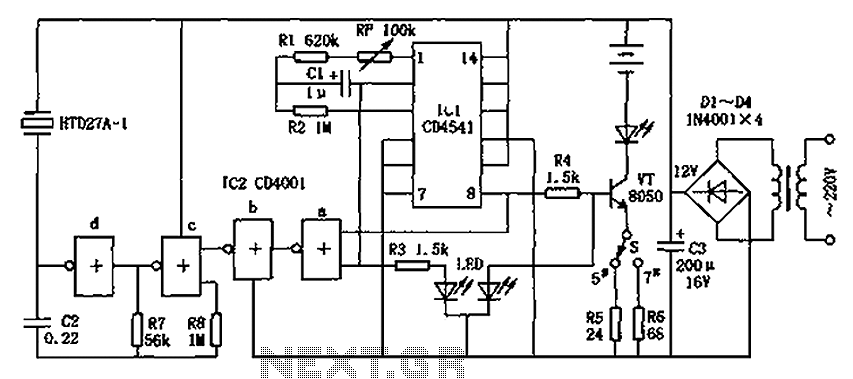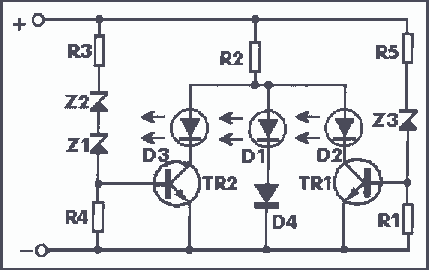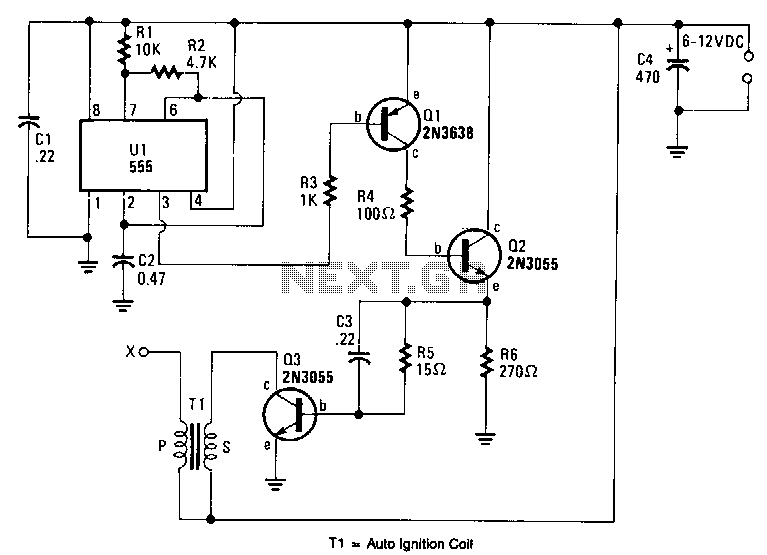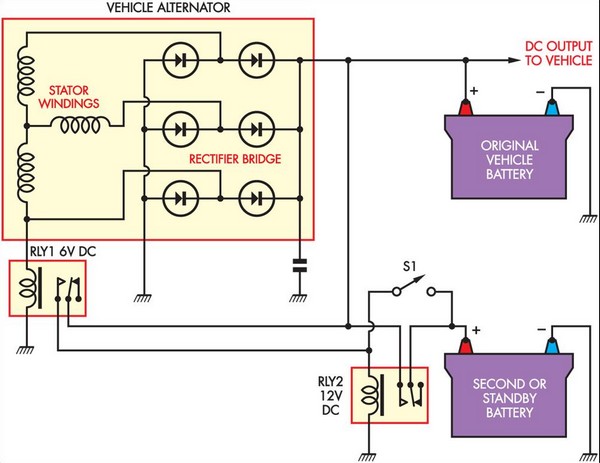
Li-Ion Battery capacity tester

It is assumed that individuals interested in constructing this circuit can interpret the schematics provided below. Basic principles: Note that lithium-ion batteries should not be discharged below 3V.
The circuit design focuses on the safe operation of lithium-ion batteries, particularly emphasizing the importance of maintaining a minimum voltage threshold to prevent damage. Lithium-ion batteries are widely used due to their high energy density and rechargeability; however, they require careful management to ensure longevity and safety.
The schematic includes a battery management system (BMS) that monitors the voltage levels of the lithium-ion cells. This system typically consists of a microcontroller that continuously checks the voltage of each cell. If the voltage drops below the critical threshold of 3V, the BMS will disconnect the load from the battery to prevent over-discharge.
Additionally, the circuit may incorporate a series of resistors and comparators to provide feedback to the microcontroller, allowing for precise voltage measurements. Capacitors may also be included to filter noise and stabilize the voltage readings.
Furthermore, the design could feature LED indicators that visually represent the status of the battery, such as charging, discharging, or low voltage conditions. This enhances user awareness and promotes safe handling of the battery pack.
Overall, the schematic aims to ensure that lithium-ion batteries are operated within safe parameters, thereby maximizing their lifespan and performance while minimizing risks associated with improper usage.I assume anyone who wants to make this can read the schematics bellow Basic principles:NOTE:Li-Ion batteries shouldn`t be discharged bellow 3V (In.. 🔗 External reference
The circuit design focuses on the safe operation of lithium-ion batteries, particularly emphasizing the importance of maintaining a minimum voltage threshold to prevent damage. Lithium-ion batteries are widely used due to their high energy density and rechargeability; however, they require careful management to ensure longevity and safety.
The schematic includes a battery management system (BMS) that monitors the voltage levels of the lithium-ion cells. This system typically consists of a microcontroller that continuously checks the voltage of each cell. If the voltage drops below the critical threshold of 3V, the BMS will disconnect the load from the battery to prevent over-discharge.
Additionally, the circuit may incorporate a series of resistors and comparators to provide feedback to the microcontroller, allowing for precise voltage measurements. Capacitors may also be included to filter noise and stabilize the voltage readings.
Furthermore, the design could feature LED indicators that visually represent the status of the battery, such as charging, discharging, or low voltage conditions. This enhances user awareness and promotes safe handling of the battery pack.
Overall, the schematic aims to ensure that lithium-ion batteries are operated within safe parameters, thereby maximizing their lifespan and performance while minimizing risks associated with improper usage.I assume anyone who wants to make this can read the schematics bellow Basic principles:NOTE:Li-Ion batteries shouldn`t be discharged bellow 3V (In.. 🔗 External reference





